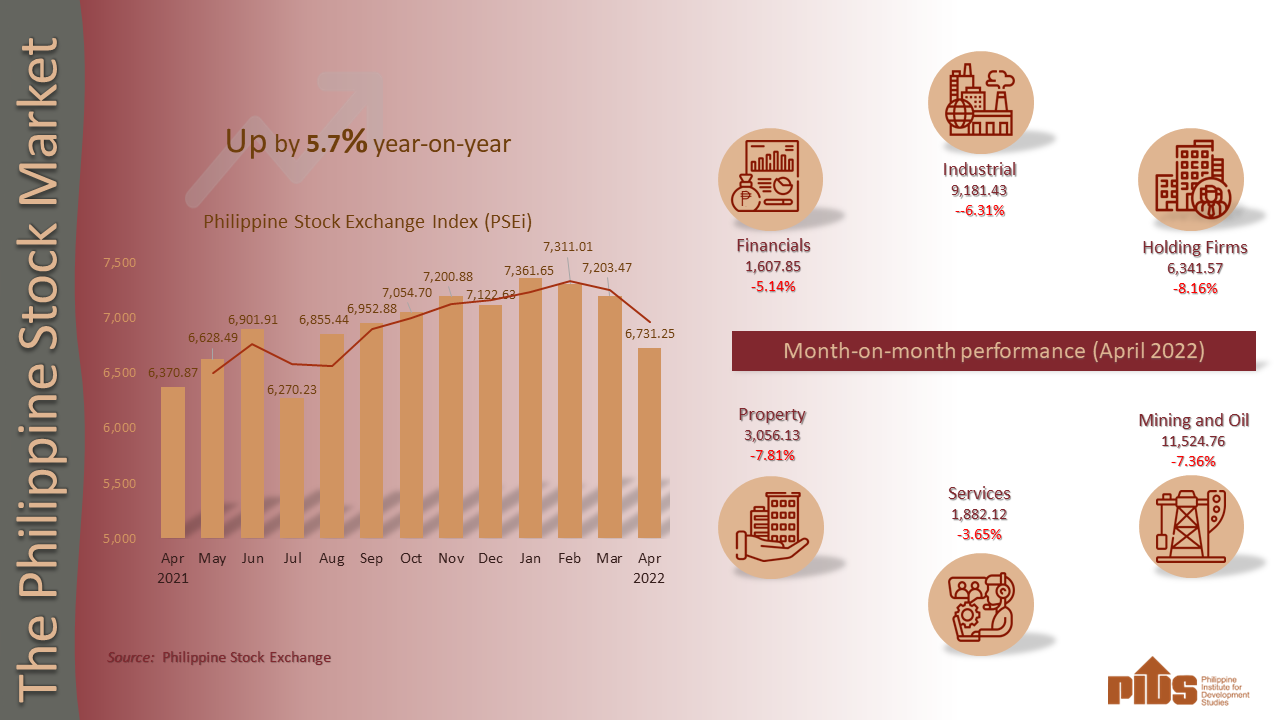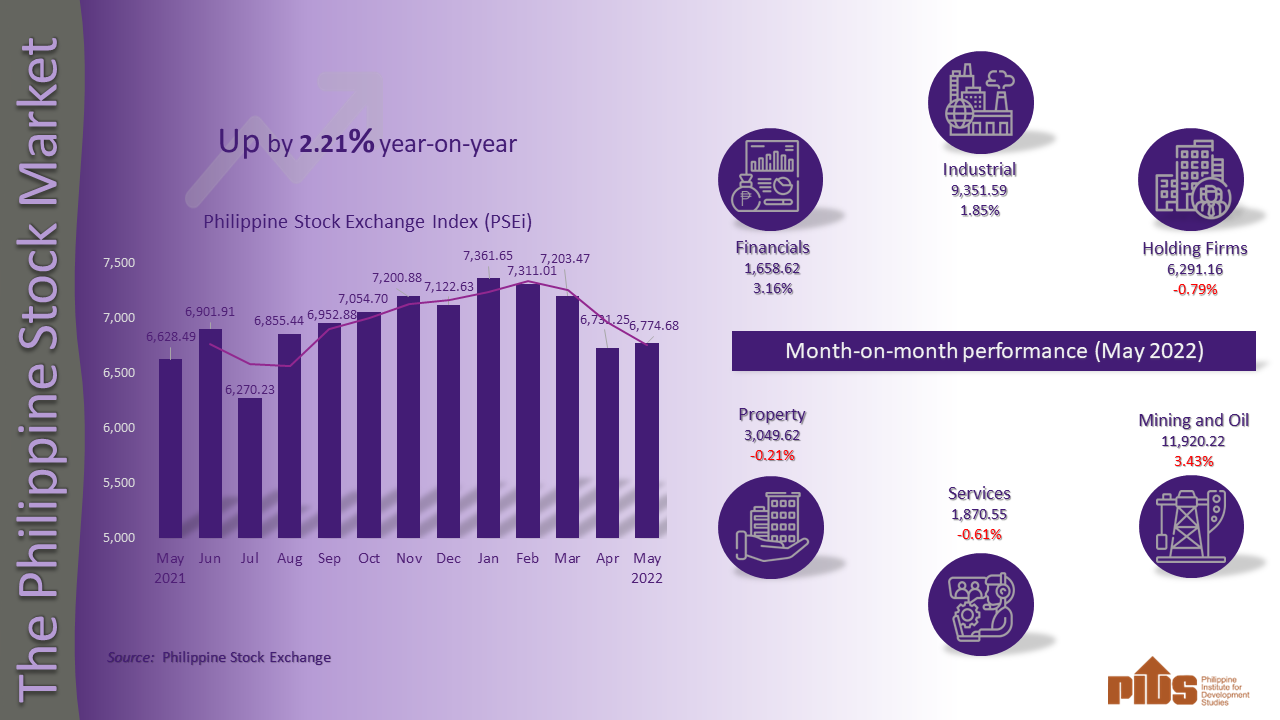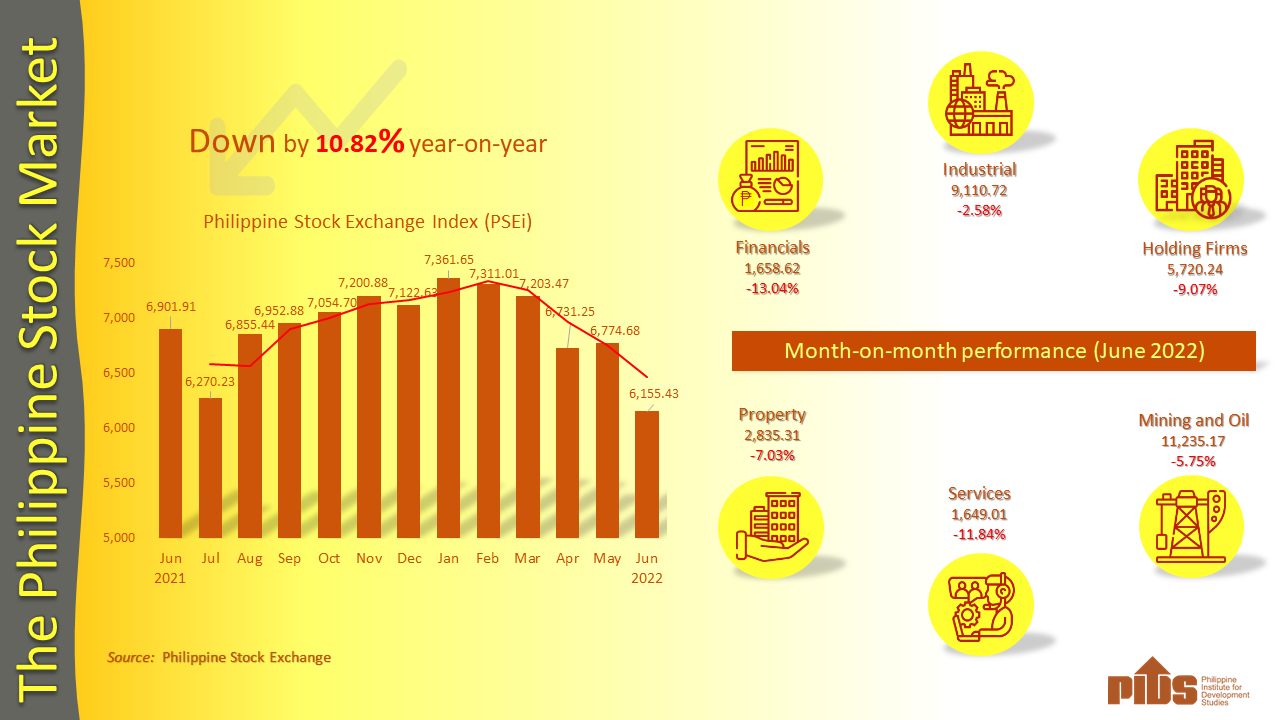Based on the preliminary data, the gross international reserves (GIR) rose to US$79.806 billion as of end of December 2014. This level was lower compared to that of the same period in 2013, at US$83.2 billion. Nonetheless, the GIR remains ample as it can cover 10.2 months’ worth of imports of goods and payments of services and income.
Source: Bangko Sentral ng Pilipinas (BSP)
The Philippine Stock Exchange Index (PSEi) ended at 7,230.57 in 2014. This is higher by 25.48 percent compared to last year`s 5,762.53.
The country`s annual headline inflation rates further went down to 2.7 percent in December 2014, from 3.7 percent in November 2014. The rate was 4.1 percent during the same period last year. The downtrend was primarily due to the annual decreases in the indices of housing, water, electricity, gas and other fuels and transport. The indices of food and non-alcoholic beverages; alcoholic beverages and tobacco; furnishing, household equipment and routine maintenance of the house; health; and recreation and culture also contributed to the slower annual increments. Likewise, core inflation rate went down to 2.3 percent in December, from 2.7 percent in November 2014.
The average peso-dollar exchange rate went down to 44.688 in December, from 44.951 in November. This is higher compared to 44.104 in the same period last year. This was the first time the monthly exchange rate went down within the last 5 consecutive months of 2014.
To view the time-series data on gross international reserve.
Please click this
 Source: Philippine Stock Exchange (PSE)
Source: Philippine Stock Exchange (PSE)
To view the time-series data on Philippine Stock Exchange Index.
Please click this
 Source: Philippine Statistics Authority - National Statistics Office (PSA-NSO)
Source: Philippine Statistics Authority - National Statistics Office (PSA-NSO)
To view the time-series data on year-on-year inflation rate.
Please click this
 Source: Bangko Sentral ng Pilipinas (BSP)
Source: Bangko Sentral ng Pilipinas (BSP)
To view the time-series data on monthly average peso-dollar exchange rate.
Please click this
Related Databases
Related Publications






